Updated Aug. 15, 2024, 05:58 p.m. ET.
The overthrow of Bangladesh’s Sheikh Hasina earlier this month wouldn’t have pleased Southeast Asia’s autocrats. Some have been more open than others about their concerns.
“I don’t want to see this type of situation happening in Cambodia,” Prime Minister Hun Manet implored last week. “Don’t accuse the government of being a dictator if it takes legal action against those who attempt to burn the fire and push for Bangladesh-like demonstrations here in Cambodia.”
On Aug. 5, Bangladesh’s now-former prime minister, Sheikh Hasina, who ruled the country with an iron grip since 2009, fled to India as student protestors marched on her palace. Her security forces, supportive up until that point, let them through.
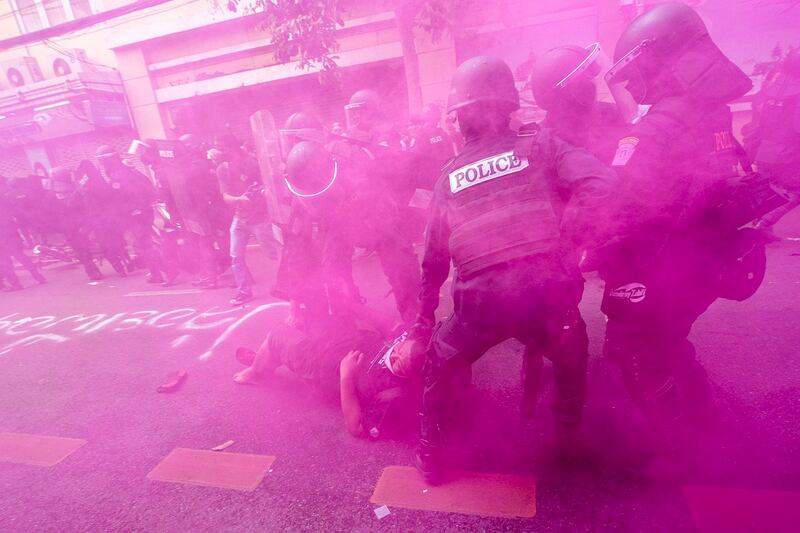
In many ways, it was textbook regime change — Filipinos will notice some similarities to the People Power Revolution that unseated Ferdinand Marcos in 1986. The sparks were both protracted and immediate. The economy had been in ill health for years, with high youth unemployment and winnowing state funds, a result of members of Hasina’s ruling Awami League stealing from the national purse.
The spark that galvanized the student protesters was also historic and contemporary. Since Bangladesh’s liberation war against Pakistan in 1971, the country has constitutionally allocated 30% of government jobs to the children of freedom fighters.
That stipulation was reversed in 2018, but in June the Supreme Court ordered that it be reinstated. Naturally, Bangladeshi youth, whose economic prospects are dim, felt their prospects would be even worse if the quota system returned.
Testing the ‘nerve’ of a regime
But protests aren’t enough to bring down a dictator. Two years of student protests in Thailand between 2021 and 2022 didn’t bring down the military-royalist establishment. Cambodia was alive with riots in 2013 and 2014, but the Hun dynasty survives.
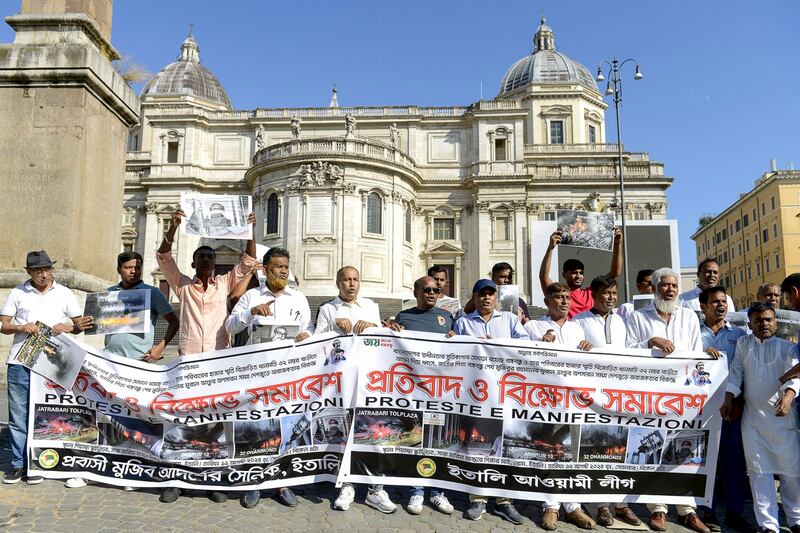
Initially, when the latest student protests began in Dhaka last month, the security forces responded with terror. At least 100 people were killed and thousands arrested. The demonstration went quiet but then re-erupted earlier this month. Again, the police and military stood strong, imposed a curfew, and cut off internet access nationwide.
But on Aug. 5, when tens of thousands of people protested again, something changed. An article in the Economist put it: “Faced with the prospect of inflicting large-scale bloodshed in order to defend a decaying regime the security forces, and possibly senior figures in the [ruling Awami League], appear to have lost their nerve, allowing the protesters to pass.”
Indeed, for every revolution to be successful, the security forces and political elites must “lose their nerve.” One, they are shooting down protestors and championing the regime. The next day, they are laying down their weapons and championing a fresh start.
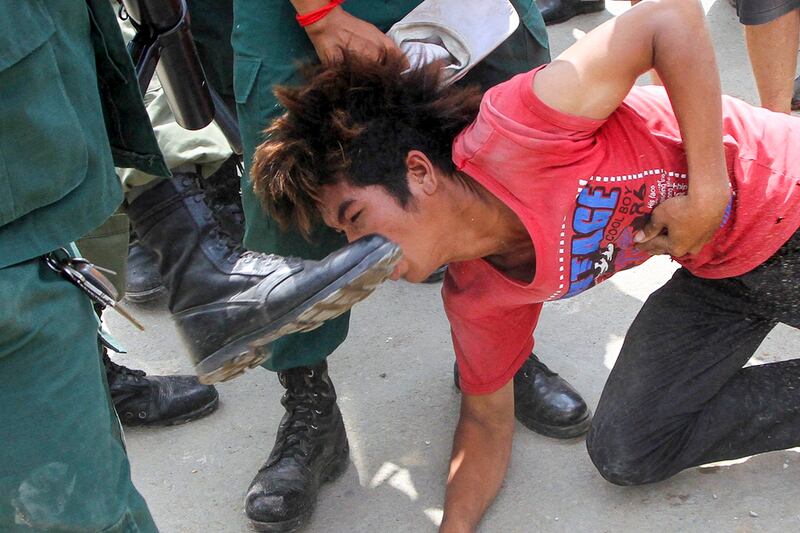
Of course, all of this is an oversimplification – but then again there exists a cottage industry that makes understanding these things overly complicated. Put simply, public protests can be easily, though bloodily, put down for as long as the security forces remain on the side of the autocrats and the establishment remains self-confident. However, their nerve will never be tested until popular protests occur. So a revolution needs both to succeed.
Other popular movements
For more than a year, we’ve heard predictions about the imminent downfall of Myanmar’s bloody, military regime, which took power in early 2021 through a coup. You have the nationwide protests; a very bloody civil war is still raging and the junta’s forces are slowly but surely losing territory to the ethnic militias and pro-democracy People’s Defence Forces.
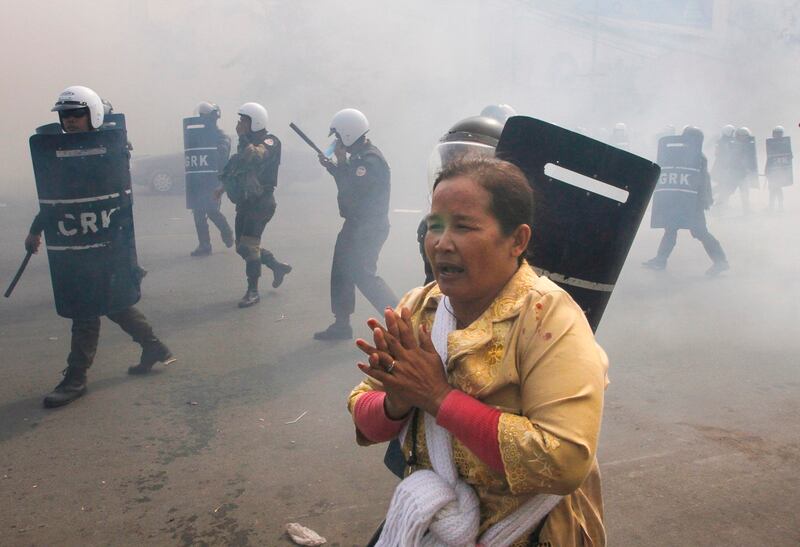
However, the military brass and other elites haven’t yet “lost their nerve;” they haven’t yet turned on Hlaing Min Aung, the junta chief, and bargained that a post-junta regime suits their interests.
The civil war, now in its third year, probably won’t end with the People’s Defence Forces and the various militia storming into Naypyidaw or Yangon. Their slow and plodding successes on the rural battlefield matter, breaking down the nerve of the military regime and its collaborators. But, like in Dhaka, revolution in Myanmar will likely be achieved the day after it seemed so distant.
Take a moment to read more
[ BenarNews website unblocked in Bangladesh days after Hasina resigns as PMOpens in new window ]
[ China top diplomat meets Myanmar leader, junta denies coup rumorsOpens in new window ]
[ Vietnamese activist found guilty of anti-state propagandaOpens in new window ]
[ Laos can feed itself, but its food security is complicatedOpens in new window ]
Communist-run Vietnam and Laos couldn’t be more different. Vietnam saw an increase of open dissent throughout the 2010s, with the public seething against a Communist Party they saw as unpatriotic, feckless, and rotten by corruption. Indeed, some communist and business elites were so unnerved by the staggering levels of graft that pervaded all rungs of society, including those at the top of the Communist Party, that the ruling party seemed to be decaying from within. Dissidents felt it was their moment.
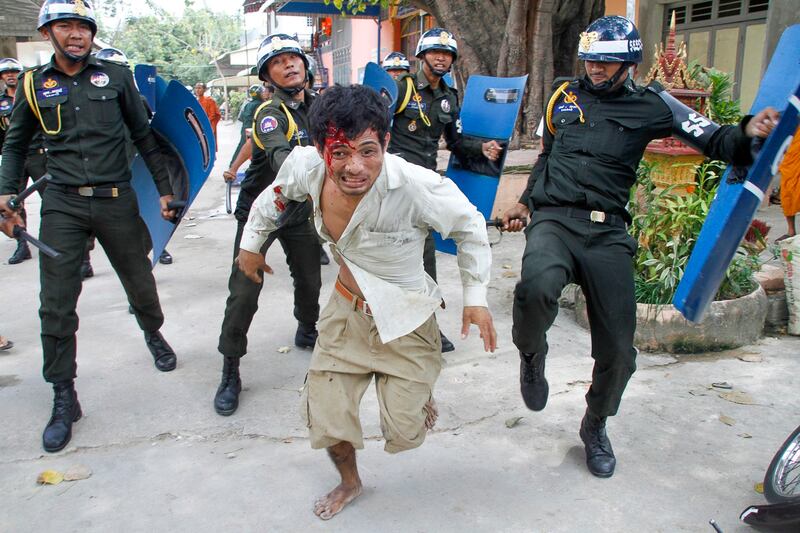
But then, in 2016, Nguyen Phu Trong, the hitherto quiet party chief, ousted Prime Minister Nguyen Tan Dung, the apparent source of all these ills, and instigated a “blazing furnace” anti-graft campaign. Eight years on, the campaign has brought down thousands of officials and private sector moguls. Trong, who passed away last month, seems to have instilled a new sense of purpose within the party, and some of the public appears content that their rulers are at least cleaner than what came before.
At the same time, Trong and his enforcers have stamped out dissent. The pro-democracy movements that started to sprout in the 2010s have been weeded out. Fear again pervades society. It seems hard to imagine that the nationwide protests seen in 2016 and 2018 could happen again anytime soon.
Lao leaders ‘twiddling their thumbs’
It’s a different picture in Laos, a country with little recent history of public protests.
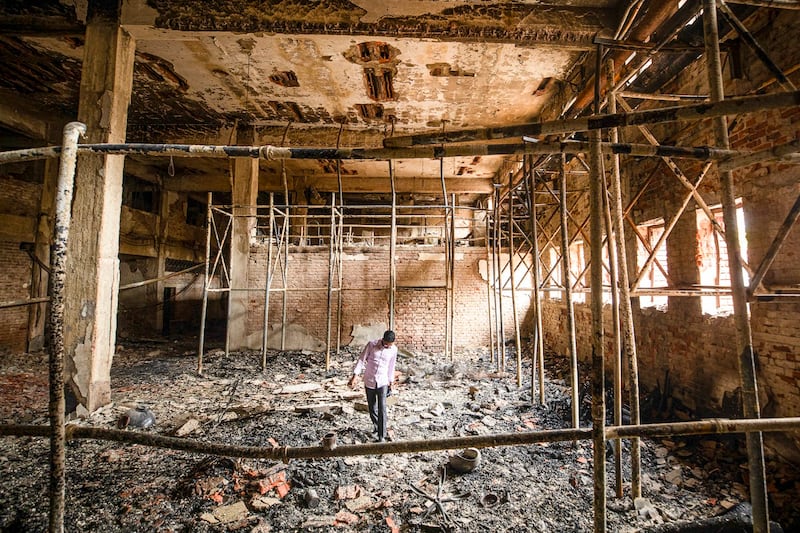
The mood within the ruling Lao People’s Revolutionary Party is bleak. The economy has been in the pits since 2021, brought low by sky-high inflation, a decimated currency, and debt service repayments the state can barely afford. A debt default haunts Vientiane. Basic services, like public education, aren’t functioning, and the government has angered those who are normally the most loyal by slashing state-sector jobs to balance the books.
With few job prospects and a cost-of-living crisis, many people have either returned to their family’s farms or gone abroad for work.
The party won’t admit it publicly, but nobody knows how to fix the economy—one reason why morale is so low. Many of the causes of the crisis are out of the party’s control; others were set in motion by leaders a decade ago and now cannot be undone.
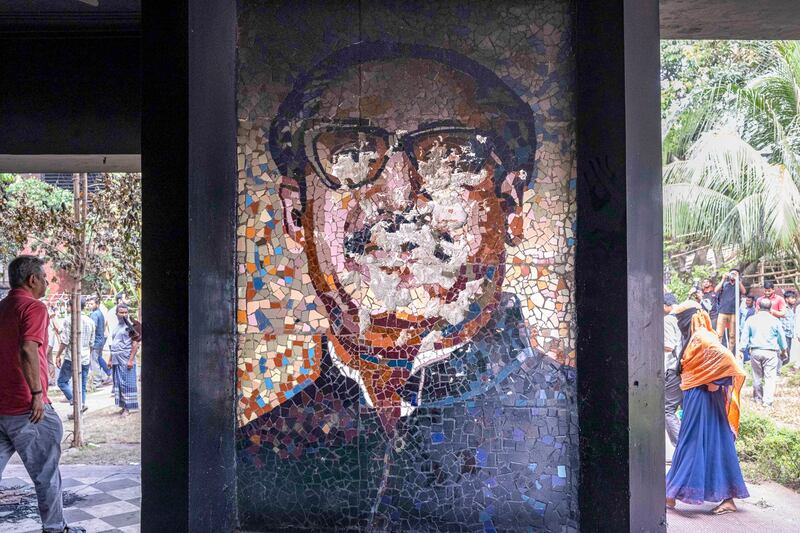
So the party has contented itself with blaming the blameless—like the recently sacked central bank governor, Bounleua Sinxayvoravong—while twiddling their thumbs until things naturally get better and hoping that the public doesn’t grow too angry in the meantime.
Indeed, it’s stunning that there hasn’t been more unrest in a country where most ordinary people now find themselves worse off than a decade ago. Laotian youths are undoubtedly as aggrieved by their fate as their Bangladeshi counterparts.
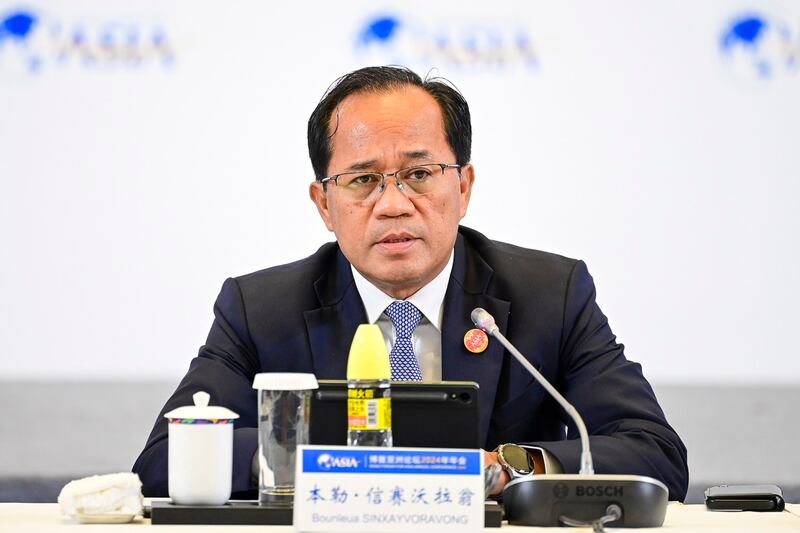
Yet, the communist party is undoubtedly thankful that, in the here and now, so many Laotians, mainly the young, can easily immigrate to Thailand to find better work—it saves them milling around at home, growing more embittered, and thinking up ways of emitting their anger. In Laos, some of the ruling elites and security apparatuses might quickly lose their nerve but their confidence is never likely to be tested by the public.
David Hutt is a research fellow at the Central European Institute of Asian Studies (CEIAS) and the Southeast Asia Columnist at the Diplomat. He writes the Watching Europe In Southeast Asia newsletter. The views expressed here are his own and do not reflect the position of RFA.
Correction: An earlier version of this story incorrectly stated that Bangladesh's liberation war against Pakistan took place in 1961.
